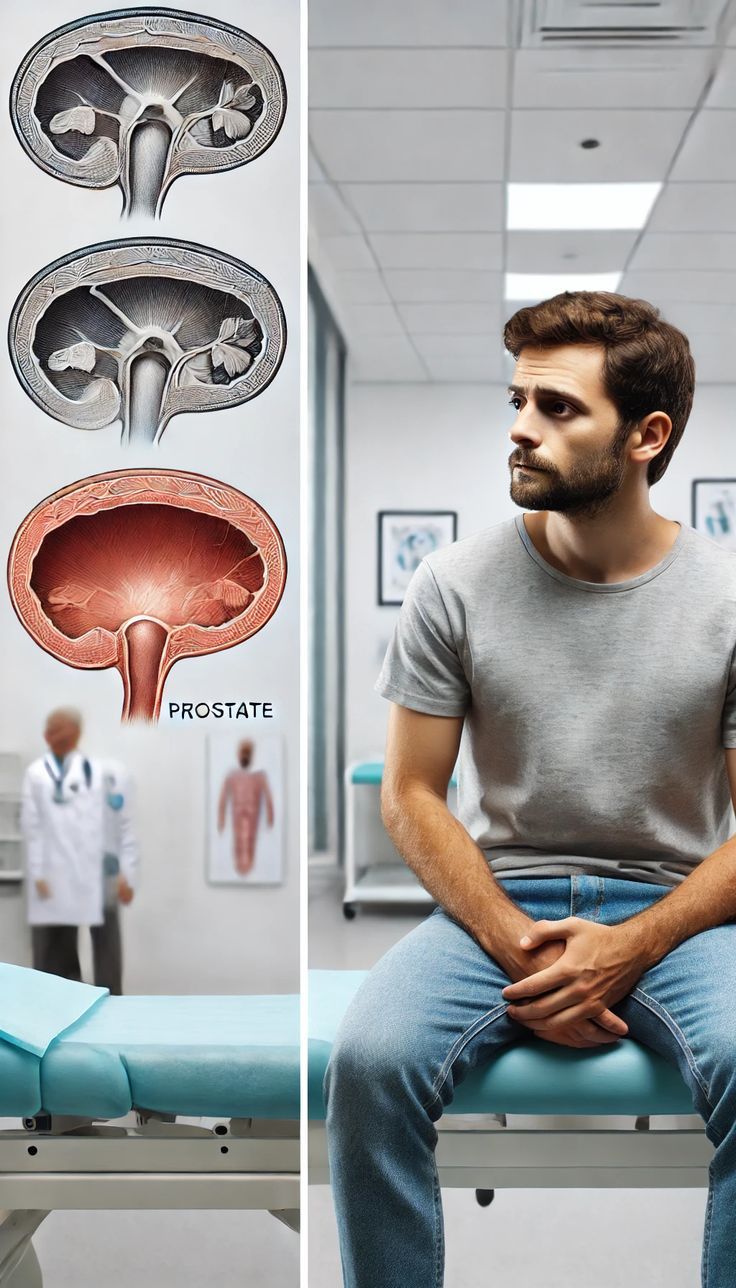As men age, certain health concerns become more common — and one of the most prevalent is Benign Prostatic Hyperplasia (BPH). While it’s not cancer, BPH can significantly impact quality of life. Understanding this condition and how to manage it is essential for maintaining long-term prostate health and overall well-being.

Image for Pinterest
What Is Benign Prostatic Hyperplasia (BPH)?
BPH is a non-cancerous enlargement of the prostate gland, typically affecting men over the age of 50. The prostate is a small gland that surrounds the urethra — the tube through which urine passes out of the body. As the prostate enlarges, it can press against the urethra and cause uncomfortable urinary symptoms.
Common Symptoms of BPH
The symptoms of BPH vary in intensity and can include:
- Frequent need to urinate, especially at night (nocturia)
- Difficulty starting urination
- Weak or interrupted urine stream
- Feeling of incomplete bladder emptying
- Dribbling at the end of urination
While these symptoms are not life-threatening, they can greatly affect daily life and sleep quality.
Impacts on Daily Life
Men with BPH often experience disruption in their routines due to frequent bathroom visits. Over time, this can lead to sleep disturbances, anxiety, and even social withdrawal due to the fear of not having access to a restroom. In some cases, untreated BPH can cause complications like urinary tract infections, bladder stones, or kidney damage.
Treatment Options for BPH
The good news is that BPH is highly manageable. Treatment options vary depending on the severity of symptoms and personal health conditions:
1. Lifestyle Changes
For mild symptoms, simple adjustments can make a difference:
- Reducing caffeine and alcohol intake
- Avoiding fluids before bedtime
- Practicing double voiding (urinating twice within a few minutes)
- Staying physically active
2. Medications
There are two main types of medications commonly prescribed for BPH:
- Alpha-blockers: Help relax the muscles of the prostate and bladder neck to improve urine flow.
- 5-alpha-reductase inhibitors: Help shrink the prostate by blocking hormonal changes.
These medications may be used alone or in combination, depending on the individual case.
3. Minimally Invasive Procedures and Surgery
When symptoms are more severe or medication is ineffective, procedures such as:
- Transurethral resection of the prostate (TURP)
- Laser therapy
- Urolift® system
can help relieve obstruction and restore normal urination.
Early Diagnosis Matters
Recognizing the signs of BPH early and seeking medical advice can prevent complications. Regular checkups with a healthcare provider, especially after age 50, are key to timely intervention.
Takeaway
Benign Prostatic Hyperplasia is a common but manageable condition. With the right lifestyle, medical support, and treatment plan, most men can maintain a good quality of life and avoid serious complications. If you notice changes in your urinary habits, don’t ignore them

